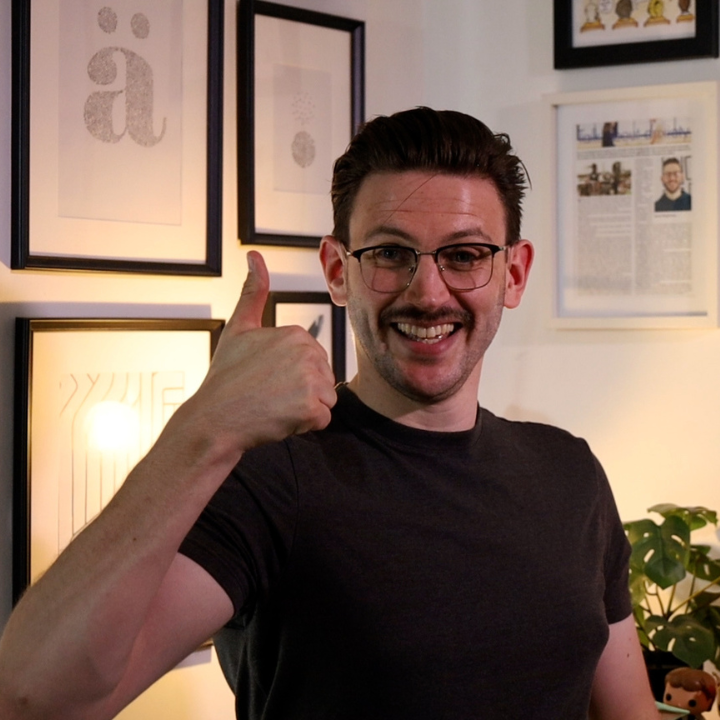CDM Contractor Duties: Roles and Responsibilities of Contractors and Principal Contractors

Overview
In this insightful video, Rebranding Safety delves into the critical roles and responsibilities of contractors and principal contractors under the Construction (Design and Management) Regulations 2015 (CDM). The host breaks down the key duties, emphasising the importance of ensuring health and safety on construction sites.
For contractors, the video highlights obligations such as accepting projects only if competent, ensuring clients understand their CDM responsibilities, and securing construction sites against unauthorised access. Principal contractors, on the other hand, carry additional duties like preparing the construction phase plan, coordinating all site activities, and liaising with the principal designer.
CDM Contractor Duties: Roles and Responsibilities of Contractors and Principal Contractors
In this blog, we’ll examine the essential roles and responsibilities of contractors and principal contractors under the Construction (Design and Management) Regulations 2015 (CDM). Contractors are crucial in ensuring health and safety on construction projects, and this article will provide a comprehensive overview based on key points from a YouTube video by Rebranding Safety.
Who is a Contractor Under CDM?
A contractor is anyone carrying out construction work as part of a project. This could range from sole traders and freelancers to large construction firms. Regardless of size, all contractors share legal duties under CDM, and their primary focus is managing health and safety risks.
Key Contractor Duties
1-Accept Projects Only If Competent
Contractors must not accept projects for which they lack the skills, experience, or capacity to handle. It’s vital to ensure the safety and efficiency of the work. If a contractor is not competent to complete the job, they have a legal duty to decline.
2-Ensure Clients Are Aware of Their CDM Responsibilities
Just like designers, contractors must confirm that clients understand their obligations under CDM regulations. This involves maintaining open communication to ensure the project complies with legal standards.
3-Plan, Manage, and Monitor Work Safely
Every contractor is responsible for ensuring:
- Work is planned, managed, and monitored effectively.
- Risks are controlled to minimise health and safety hazards.
- Workers under their control, including subcontractors and sole traders, operate safely.
4-Prevent Unauthorised Access
Construction sites must be secure to prevent unauthorised individuals, including children, from accessing potentially dangerous areas. Contractors should implement reasonable measures such as fencing or signage.
5-Provide Adequate Welfare Facilities
Contractors must provide appropriate welfare facilities proportional to the project’s size and complexity. For small projects, this might mean arranging access to a nearby toilet, while large sites may require fully equipped welfare units.
6-Comply with the Construction Phase Plan
Contractors must follow the construction phase plan prepared by the principal contractor or prepare one themselves if they are the sole contractor on the project.
7-Report Dangerous Occurrences
Any hazards, incidents, or near-misses observed on-site must be reported immediately to prevent further risks.
8-Hire Competent Workers
Contractors must ensure that anyone they employ has the skills, knowledge, training, and experience to perform their duties safely. Competency goes beyond qualifications. It includes understanding how to manage the risks associated with their tasks.
Who is a Principal Contractor?
A principal contractor is the lead contractor responsible for coordinating all other contractors on a project. This role is mandatory when multiple contractors are involved in a project. They hold additional responsibilities beyond those of regular contractors.
Key Principal Contractor Duties
1-Prepare the Construction Phase Plan
The principal contractor must develop and implement a comprehensive construction phase plan, ensuring all activities align with health and safety requirements.
2-Ensure Cooperation Among Contractors
Principal contractors must:
- Foster collaboration between all contractors on-site.
- Ensure everyone complies with legal health and safety obligations.
- Monitor site activities to manage risks effectively.
3-Conduct Site Inductions
Every worker entering the site should receive a suitable and relevant site induction. The length and depth of the induction should reflect the complexity of the project.
4-Provide Suitable Welfare Facilities
Principal contractors must ensure welfare provisions are available, adequate, and appropriate for the scope of the work.
5-Liaise with the Principal Designer
Principal contractors must collaborate with the principal designer to manage the following:
- Pre-construction information.
- The health and safety file may be handed over to the principal contractor if the designer’s role ends before project completion.
6-Manage High-Risk Activities
Under Part 4 of CDM, principal contractors must ensure compliance with specific regulations for high-risk tasks, such as demolition or excavation.
7-Hand Over the Health and Safety File
At project completion, the principal contractor is responsible for ensuring the health and safety file is handed over to the client or any other relevant stakeholders, such as tenants.
Importance of Compliance with CDM
The CDM regulations ensure that health and safety are prioritised by all parties involved in construction projects. Whether you’re a sole trader or a large corporation, understanding and fulfilling your duties as a contractor or principal contractor is critical to preventing accidents and ensuring project success.
Conclusion
It is essential to understand your role and responsibilities as a contractor or principal contractor under CDM 2015. From planning and managing work to securing sites and ensuring welfare facilities, these duties help create safer construction environments.
If you need professional guidance to navigate your CDM obligations, visit Risk Fluent for expert support. Let’s work together to prioritise safety in construction.
Ready to talk?
Let’s get together on a call to see where we can support you and add value to your business with structured health & safety consulting.
Let’s talk
For a quote, complete the form below and arrange a discovery call where we can chat though your requirements.

Has over 12 years of experience in safety and fire across various industries like healthcare, housing, and manufacturing. As the Managing Director at Risk Fluent and host of the “Rebranding Safety” podcast and YouTube channel, he is committed to making safety discussions engaging. James’s innovative approach and dedication to rebranding safety have made him a respected figure in the field.





